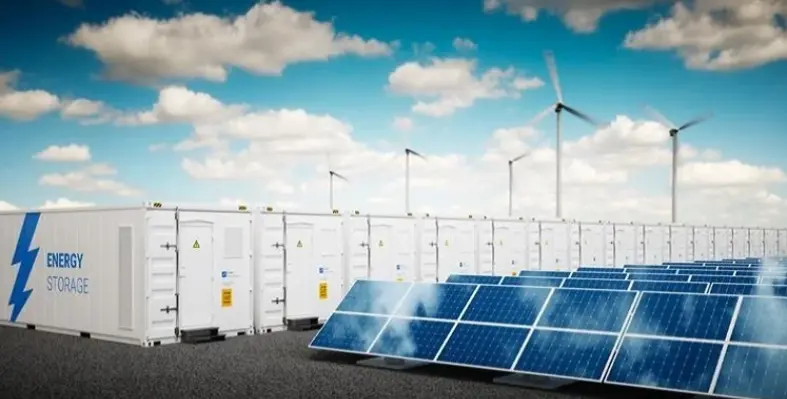According to Synergy Consulting, 2024 was the year that Africa showcased its potential as a critical player in the global energy market and highlighted its evolving energy landscape in light of the dual pressures of rising energy demand and climate goals
Renewable energy gains momentum
Renewable energy investments across Africa surged in 2024, driven by growing international interest and local commitments to clean energy. The solar sector saw notable consolidation as companies merged to scale operations and foster innovation. Countries like South Africa and Morocco led the way with major solar and wind projects, emphasising energy security and sustainability. Despite this progress, clean energy investments remained a fraction of what is required to meet the continent’s development goals.
Advancements in battery energy storage systems (BESS)
Battery Energy Storage Systems (BESS) are redefining their role within solar energy infrastructure, particularly in behind-the-meter installations. Previously regarded as supplementary backups, batteries are now central to efficient energy management. By leveraging advanced algorithms to forecast energy usage, batteries are used strategically to align energy supply with demand, optimising consumption patterns.
This evolution improves solar system performance and supports grid stability by mitigating peak load stresses. Additionally, standalone BESS is emerging as a cornerstone in utility-scale renewable energy developments. These systems are increasingly deployed to address electricity supply challenges, enhancing the integration of renewable sources while fostering partnerships between public and private entities. This shift highlights the growing importance of BESS in creating resilient, flexible energy systems.
Expansion of gas infrastructure
Natural gas emerged as a focal point for African energy strategies. Africa's gas-to-power market made significant strides in 2024, with increased investments in infrastructure and regional collaborations. Major liquefied natural gas (LNG) projects in Nigeria, Mozambique, and Senegal drove the sector’s growth, supplying both domestic grids and exports to Europe amid global energy shifts. Improved pipelines and storage facilities enhanced distribution, while public-private partnerships boosted the reliability of power supply in underserved regions.
This evolution emphasised gas as a transitional energy source, bridging the gap between fossil fuels and renewables while supporting industrial growth and energy security across the continent.
Innovations and regional cooperation
In 2024, Africa’s power pools – Eastern Africa Power Pool (EAPP), West African Power Pool (WAPP), and Southern African Power Pool (SAPP) – have advanced significantly in promoting regional electricity integration and market development:
1. Eastern Africa Power Pool: The EAPP has expanded its cross-border energy trade and refined its operational framework to facilitate real-time electricity exchanges. Leveraging renewable energy potential, it integrated markets across its member states, allowing surplus energy from renewable sources like wind and geothermal to be traded efficiently. This helped mitigate shortages in neighboring countries and reduced dependency on high-cost fossil fuels during peak demand periods;
2. West African Power Pool: The WAPP focused on bolstering regional grid infrastructure and implementing a day-ahead power market. This market structure encouraged competition among utilities and independent power producers (IPPs), driving down consumer energy costs. Significant investments were made in interconnections, enhancing the reliability of electricity supply across member countries while expanding access to cleaner energy sources;
3. Southern African Power Pool: SAPP witnessed increased participation from private sector IPPs, particularly in renewable energy. New interconnection projects improved cross-border electricity flows, ensuring better utilisation of surplus power in countries with higher generation capacity. SAPP also introduced new market platforms that allowed for shorter-term contracts, fostering flexibility and resilience in addressing power imbalances.
Overall, these developments have strengthened regional cooperation, improved energy access, and encouraged investments in sustainable energy solutions, laying the groundwork for a more unified and resilient power sector across Africa.
The road ahead
While progress in 2024 was encouraging, Africa's energy future requires accelerated investment and policy reforms. Strengthening public-private partnerships, fostering innovation, and ensuring equitable energy access will be critical to building a sustainable and inclusive energy landscape for the continent.
In conclusion, Africa in 2024 exemplified resilience and ambition, with strides in renewables, infrastructure development, and global energy partnerships. However, addressing financing gaps and improving energy equity remain urgent priorities.
This article is authored by Synergy Consulting IFA.






